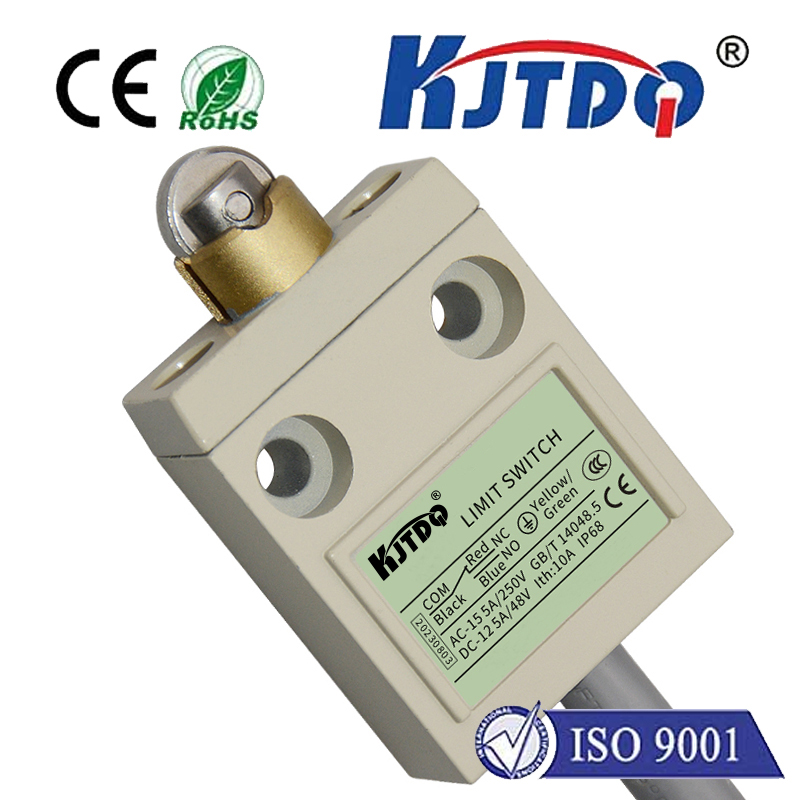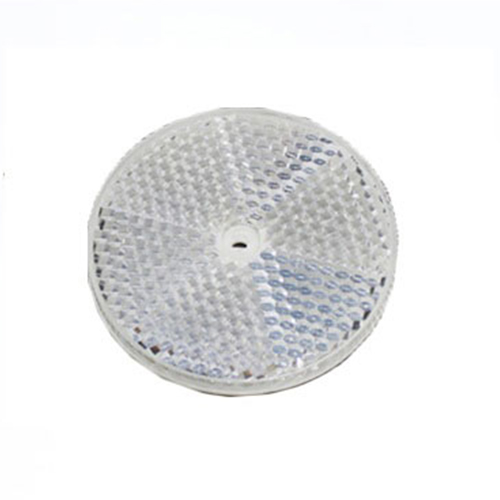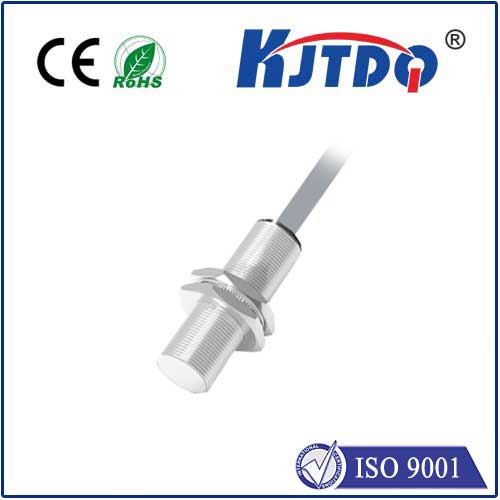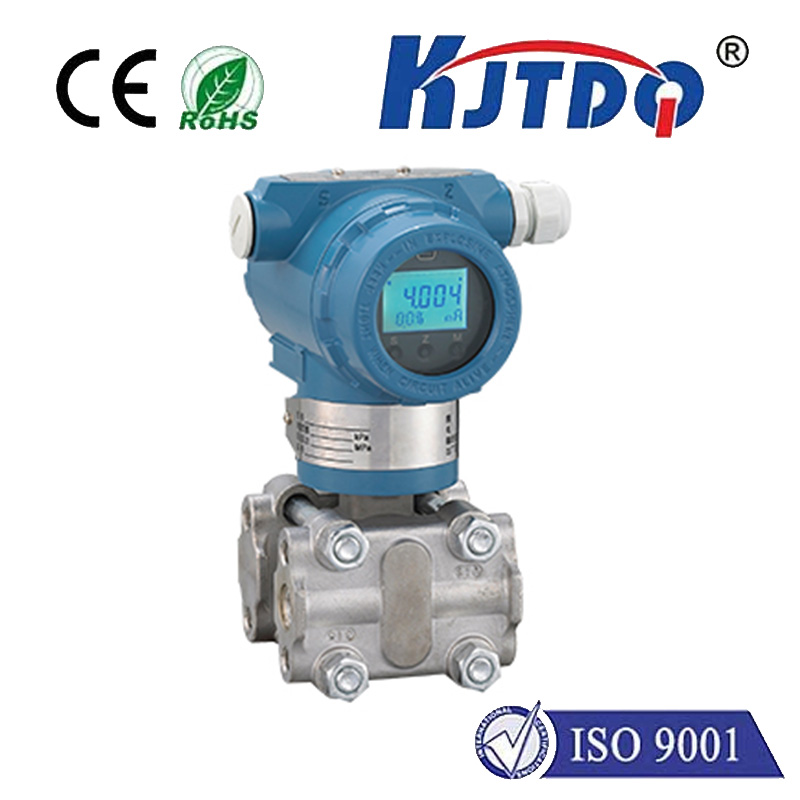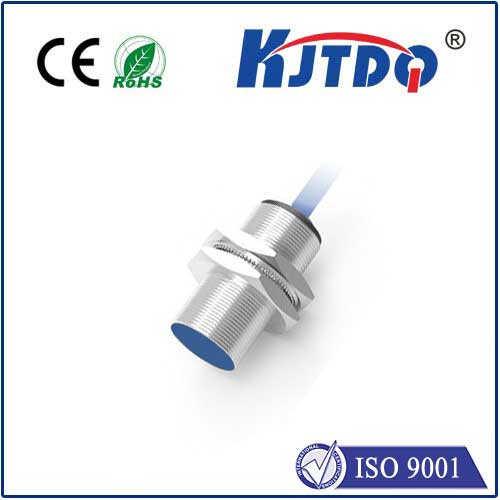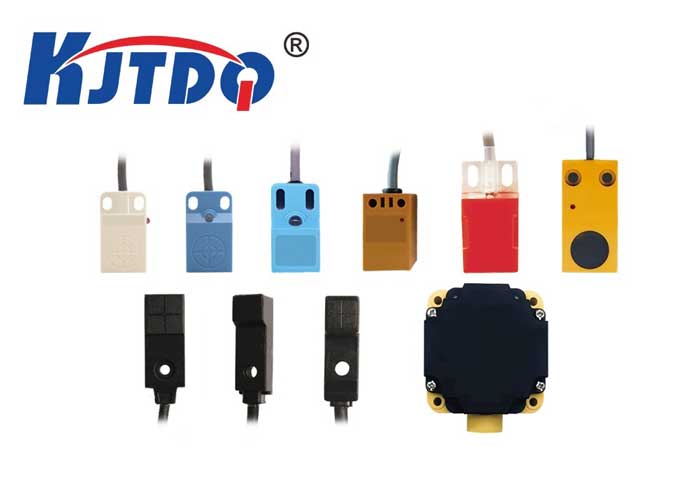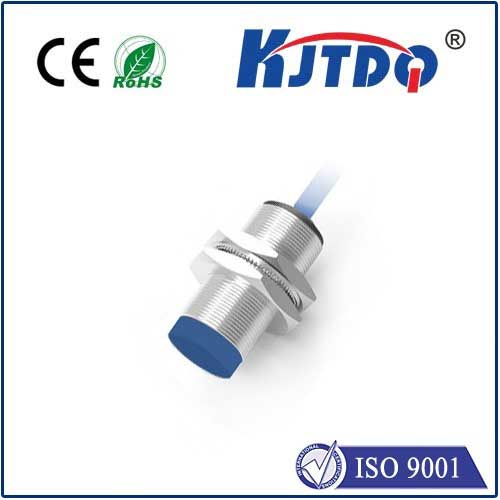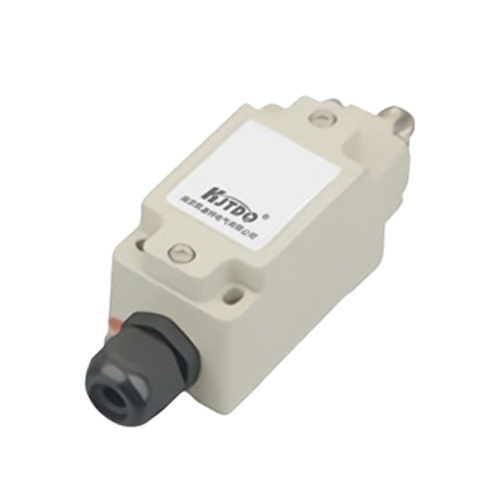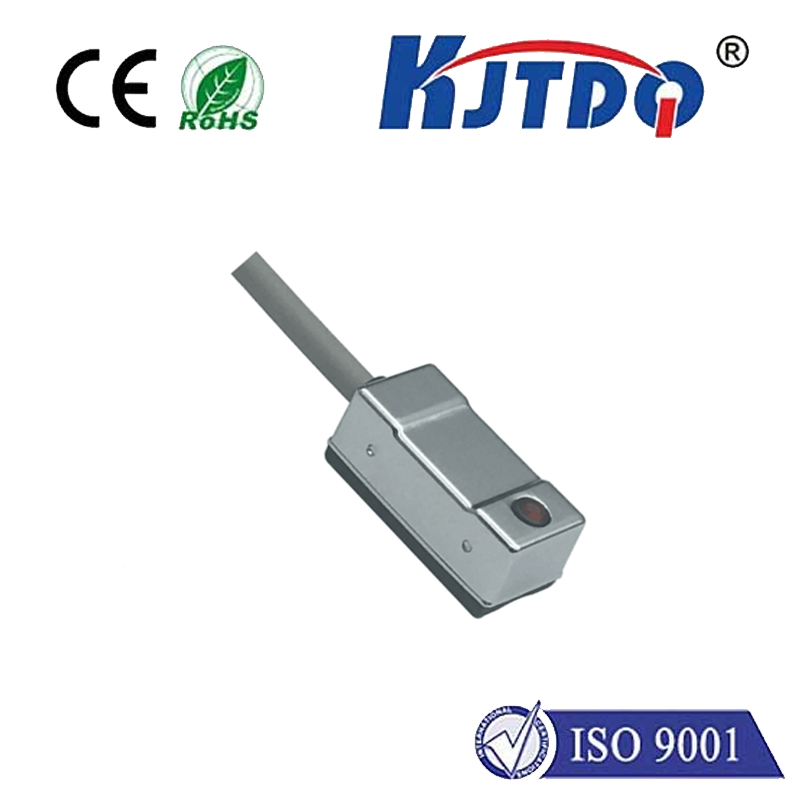

check

check

check

check
High Temperature Proximity Sensor: A Revolutionary Technology for Industrial Applications
The world of industrial automation is constantly evolving, and one of the latest advancements in this field is the high temperature proximity sensor. This innovative technology has revolutionized the way we monitor and control various processes, making it an essential tool for modern industries.
A high temperature proximity sensor is a device that detects the presence or absence of an object without any physical contact. It works on the principle of electromagnetic induction, where a magnetic field is generated by the sensor and detected by the target object. The strength of the magnetic field changes as the distance between the sensor and the target object varies, allowing the sensor to determine the proximity of the object.

One of the most significant advantages of using a high temperature proximity sensor is its ability to operate in extreme temperatures. Unlike traditional proximity sensors that are limited to lower temperatures, these sensors can withstand temperatures up to 230°C (450°F), making them ideal for use in high-temperature environments such as furnaces, boilers, and kilns. This makes them extremely useful in industries such as metal processing, glass manufacturing, and cement production, where high temperatures are common.
Another benefit of high temperature proximity sensors is their durability and reliability. These sensors are designed to withstand harsh operating conditions, including vibration, shock, and corrosion. They also have a long lifespan, ensuring that they provide accurate and consistent measurements over time. This makes them a cost-effective solution for industrial applications where downtime and maintenance costs can be significant.
In addition to their high temperature and durability, high temperature proximity sensors offer several other benefits. They are non-contact devices, eliminating the risk of wear and tear associated with traditional contact sensors. They also have a fast response time, allowing for real-time monitoring and control of processes. Furthermore, these sensors are available in various sizes and shapes, making them suitable for different applications and installation requirements.
High temperature proximity sensors are widely used in various industrial applications, including machinery monitoring, conveyor belt control, positioning systems, and level measurement. They play a crucial role in ensuring the safe and efficient operation of industrial processes, reducing the risk of accidents and equipment failure.
In conclusion, high temperature proximity sensors are a game-changing technology for industrial applications. Their ability to operate in extreme temperatures, durability, and reliability make them an essential tool for modern industries. As technology continues to advance, the use of these sensors will become even more prevalent, further improving the efficiency and productivity of industrial processes.
